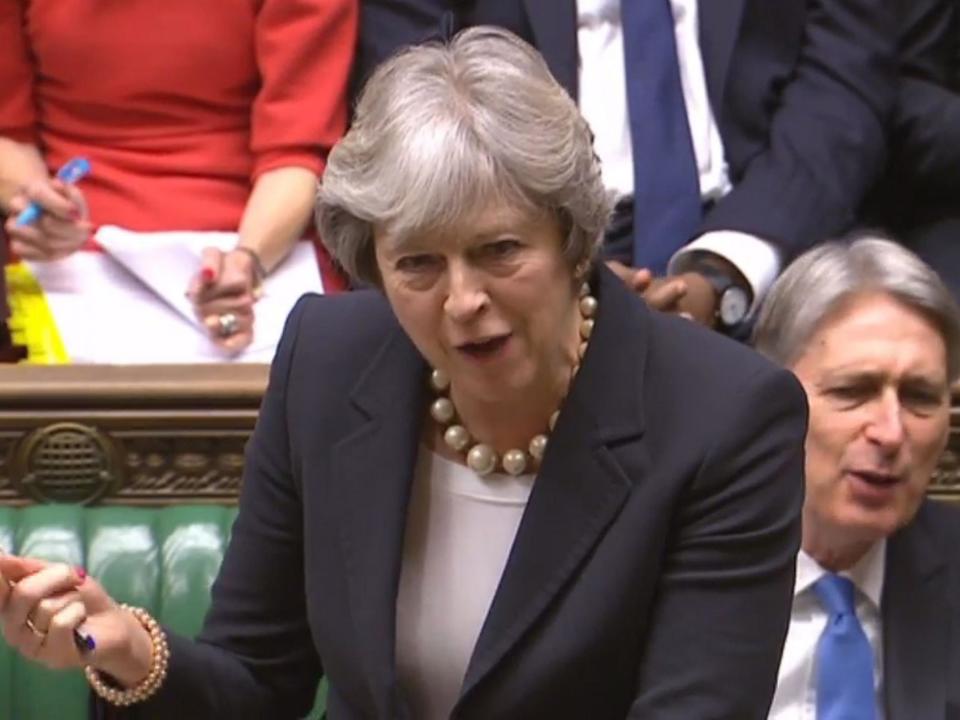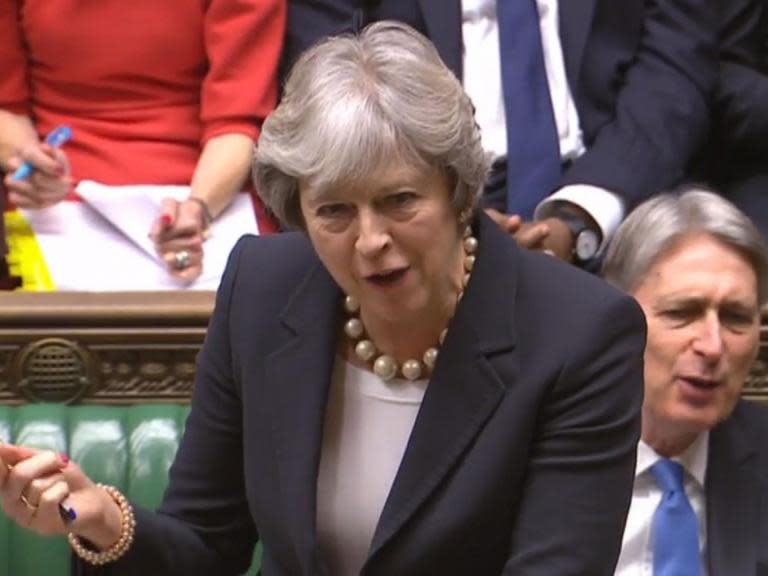Where does Theresa May stand after the Budget? Weak but stable, and grateful to Philip Hammond
It was a Budget that achieved three big objectives. It was hard to see them because there were so many little announcements, many of them already advertised, and a surprising number of reasonable jokes.
What is more, Philip Hammond did the old Gordon Brown trick of rolling up several years’ planned spending to arrive at impressive numbers. But if we look at the list of where the new money will be spent next year, the top items were: £1.6bn on the NHS in England; £0.6bn for the stamp duty cuts for first-time homebuyers; and £0.3bn for universal credit.
These three headings were the minimum needed to stave off political disaster over the next year or so, at a time when much higher taxes or borrowing are both difficult. Simon Stevens, the NHS England chief executive, said he needs an extra £4bn next year, so he’ll have to make do with less than half that. But it may be enough to avoid meltdown.
The money for universal credit is similar: just enough to stave off a crisis of food poverty and evictions as the new system continues to be expanded.
The important measure, though, was the symbolic cut in stamp duty for first-time buyers. It is a wheeze that had been pre-unravelled by the independent Office for Budget Responsibility. Its forecast points out that the cut might result in an extra 3,500 extra first-time buyers getting homes of their own. That means it will cost the Treasury £160,000 per person who would be able to buy and who otherwise would not. And most of that money will go to the sellers of properties, rather than to the buyers, according to the OBR.
So it is not a great policy, but it sounds as if the Government cares about expanding home ownership. “Help to Buy” was terrible economics, shuffling money among different groups of potential buyers, but it was popular. And the failure of the housing market was one of the Conservatives’ deep problems in the election. To the extent that the policy can turn round perceptions, it will help, but it does have to be backed up by the rest of the housing measures in the Budget.
Setting the target of 300,000 new homes a year by the “mid-2020s” is realistic, but whether it is achieved or not depends partly on the energy of Sajid Javid, Communities and Local Government Secretary. The Chancellor is prepared to allow central and local government to borrow more to pay for it, but not as much as the impression given in his speech.
So Hammond has done enough to stabilise not just his own position, but Theresa May’s. From wanting to get rid of him before the election she has been reduced to depending on him for her own survival. She has gone from strong and stable, to weak and wobbly, to weak and stable. Stable for the next three weeks, at least.
She has to persuade other EU leaders in Brussels in three weeks’ time that the Brexit talks have made sufficient progress to move on to the next stage, discussing the transition period and the long-term relationship. If she cannot do that, the Brexit deal will be in trouble and Conservative MPs may start to panic. They still shouldn’t get rid of her, because it is not obvious who could do better at negotiating while holding the party together, but once Tory MPs start running around in terrified circles, anything could happen.
If, on the other hand, she wins agreement on 14 and 15 December, there is no reason why she shouldn’t carry on, weak and stable, and see the Brexit deal through. She may end up being grateful to her Chancellor for saving her.

 Yahoo News
Yahoo News 

